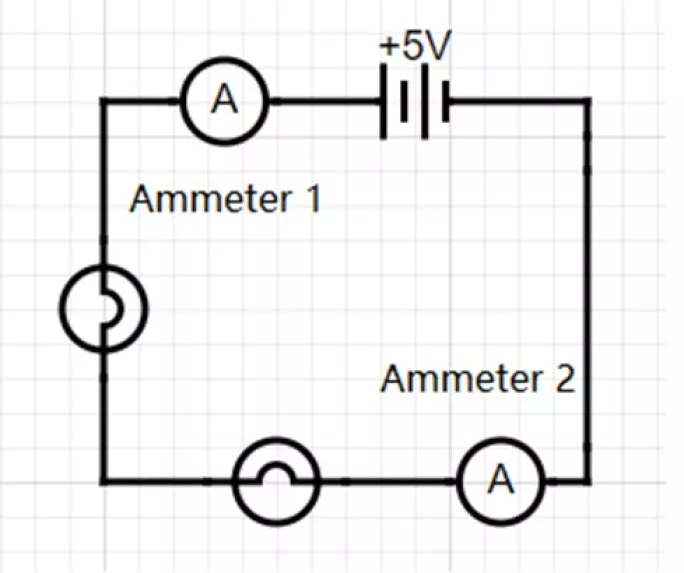
- Home
- Why 3 tier multiple-choice questions are best
Why 3 tier multiple-choice questions are best

A web search for examples of formative assessments gives a plethora of potential strategies that can be used.
The more you look, the more you notice that a common reoccurring theme is a reliance on multiple-choice questions before, during and after instruction to diagnose where students are and what the teacher needs to do. It makes sense.
After all, multiple-choice formative assessments offer a raft of benefits: they can be as simple as students turning to the back of their books and writing down some letters, or as complex as scanning answers via a QR code and their phone, and they are quick to incorporate into lessons, too.
Doing so means teachers can quickly and easily assess student learning.
A pivotal moment
A good example of how they can help in-lesson is with hinge-point questioning. A hinge is a point in a lesson where the teacher needs to know if the lesson can progress and a hinge-point question allows you to diagnose this.
Hinge-point questioning techniques rely on providing incorrect choices that match potential misconceptions, are relatively difficult for a student to be correct without understanding the concept and are quick to answer for students and to interpret for the teacher.
It certainly sounds good in theory but the issue with multiple-choice assessments comes from their shallowness, arguably offering just a superficial glimpse of student understanding.
No matter how cleverly worded four choices are to a multiple-choice question, there is still a 25 per cent chance for a student to blindly guess their way through, muddying a teacher’s insight into a student’s ability.
Getting the balance right
A potential solution could be to keep adding multiple-choice questions that test the same concept until a reliability/student engagement sweet spot can be found, but this is a difficult balancing act.
Too many questions and you risk losing the advantages of multiple-choice and assessment overwhelming your lesson, while too few can result in a cursory interpretation of what students are capable of and which students are “lucky”.
Instead of attempting this balancing act, educational researchers designed two-tier multiple-choice questions that increase the reliability but keep their ease of use and application.
A two-tier multiple-choice question relies on a simple multiple-choice question as the first tier, which is immediately followed by a second multiple choice question that asks students why they chose their answer to the previous question.
Students need to get both questions correct to demonstrate they understand a concept, reducing the likelihood of a student succeeding by chance.
Identifying misconceptions
The real strength of a two-tier question is not the correct answers but in the incorrect choices.
By basing the incorrect options on common misconceptions, you turn two questions into a diagnostic tool that offers insight into misconceptions students may have before, during or after a lesson.
In science education, the identification of student misconceptions is crucial as they affect student understanding, are notoriously difficult to “fix” once embedded and inevitably lead to problems down the line when students need to apply the concept to a new topic in the future.
Two-tier testing may require a bit more planning than hammering out a handful of quick single-tier questions but pay dividends when it comes to identifying misconceptions.
Three is better than two
However, there is a growing body of evidence that suggests two-tier questions can have their reliability improved by adding a third simple question that asks students how sure they were of their previous answers.
This is called three-tier multiple-choice questioning and is more reliable than single and double-tier questions for minimal additional teacher effort.
A sample three-tier question from KS3 science could run as follows:

Which ammeter will display the biggest reading?
- Ammeter 1
- Ammeter 2
- They will both show the same reading
- They will both not show any reading
What was your reason for the previous answer?
- The current is the same everywhere in a series circuit
- The current is the same everywhere in a parallel circuit
- The potential difference is the same everywhere in a series circuit
- The current will flow into two bulbs before reaching ammeter 1 so it has a lower reading than ammeter 2
How sure were you about your answers for the last two questions?
- I am sure
- I am not sure
This simple three-tier formative assessment can immediately inform you about a student’s understanding and confidence of a topic along with identifying any potential misconceptions.
Do students know what ammeters do? The definition of current? The differences between series and parallel circuits?
As mentioned earlier, the real strength of the three-tier assessment is the wrong choices you include and although it may take a little more planning it offers a much more reliable way of using multiple-choice assessment in the classroom.
Greg Davies is a chemistry teacher at Nord Anglia Chinese International School in Shanghai
Register with Tes and you can read five free articles every month, plus you'll have access to our range of award-winning newsletters.
Keep reading for just £4.90 per month
You've reached your limit of free articles this month. Subscribe for £4.90 per month for three months and get:
- Unlimited access to all Tes magazine content
- Exclusive subscriber-only stories
- Award-winning email newsletters
You've reached your limit of free articles this month. Subscribe for £4.90 per month for three months and get:
- Unlimited access to all Tes magazine content
- Exclusive subscriber-only stories
- Award-winning email newsletters